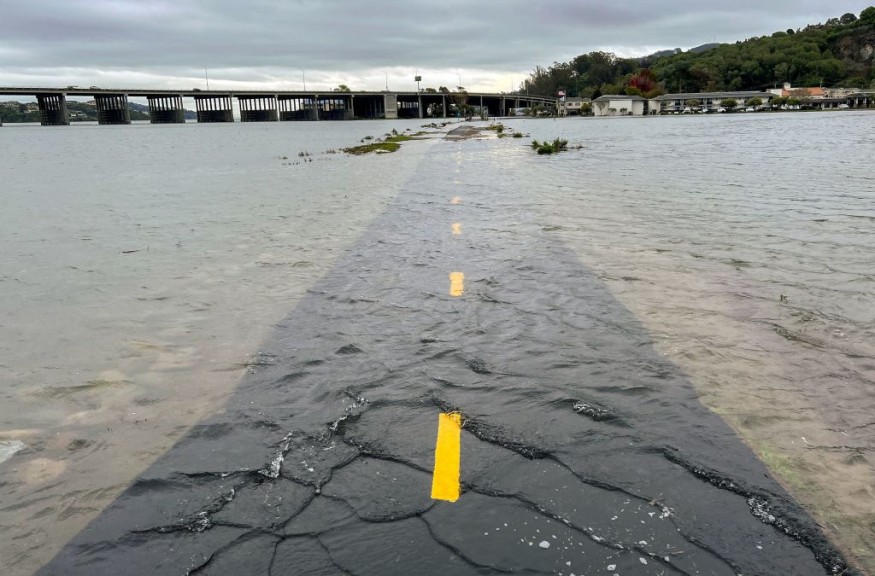Flash flooding due to torrential rain caused some road closures in and around Death Valley National Park in California, United States, after being inundated over the weekend.
Mud and debris from the flash floods also struck western Nevada and northern Arizona, according to US media reporting earlier this week.
Local authorities have not provided any information as to the time or date of road reopening at the Death Valley.
For the meantime, authorities are urging motorists to avoid connecting roads and highways in the area, including the Mojave National Preserve in Southern California.
There were no immediate reports of any casualties.
However, the closures have resulted in localized disruption to road traffic movement, with some motorists being diverted due to damaged road pavements from the flooding.
US meteorologists claim that storms caused the recent heavy rain. Previous weather reports indicate that there was a continuance of monsoonal moisture in portions of the Southwest US and the Rocky Mountains.
Death Valley National Park Flooding

The Associated Press cited predictions from weather forecasters of further thunderstorms from Monday, August 1.
The US media outlet also cites a report from the National Weather Service (NWS) that one the flooding incidents on Sunday, July 31, transpired after over 2.5 centimeters of rain fell near Kingman, Arizona, an area which is near the California border.
In east of Los Angeles, mudslides from the San Bernardino National Forest brought trees and large rocks on the middle of roads, blocking passage near the city of Yucaipa, the Associated Press adds.
Flash Flood Warning
The NWS on Monday issued a flash flood warning for the Central Santa Cruz County in southeastern Arizona.
Other areas are also likely to be affected in the coming hours and new warnings could be issued.
Flash flooding in the region has been considered life threatening, especially from floodwaters coming from creeks and streams that could affect urban areas, highways, and streets, the NWS added.
California Flooding
While wildfires are common in California due to the state being situated in the drought-stricken region of the Western US, the occurrence of torrential rain and all types of flooding, including riverine flooding is still possible.
In fact, the California Department of Water Resources stated all regions of California are vulnerable to flooding at different times of the year, ranging from coastal floods due to tsunamis, to hillside floods, fast-moving flash floods, and deep flooding in valleys.
While there are various causes of flooding in the state, the NWS highlights two of the most notorious flood related hazards that California faces: flash flooding and river flooding.
Flooding, ranging from moderate to severe, has been a coast-to-coast threat across the US that can occur at any months of the year, regardless of the season, the US weather agency added.
Aside from prolonged rainfall, flooding can also occur due to anthropogenic or man-made activities like failure of water control structure like a dam or levee.
© 2025 NatureWorldNews.com All rights reserved. Do not reproduce without permission.





